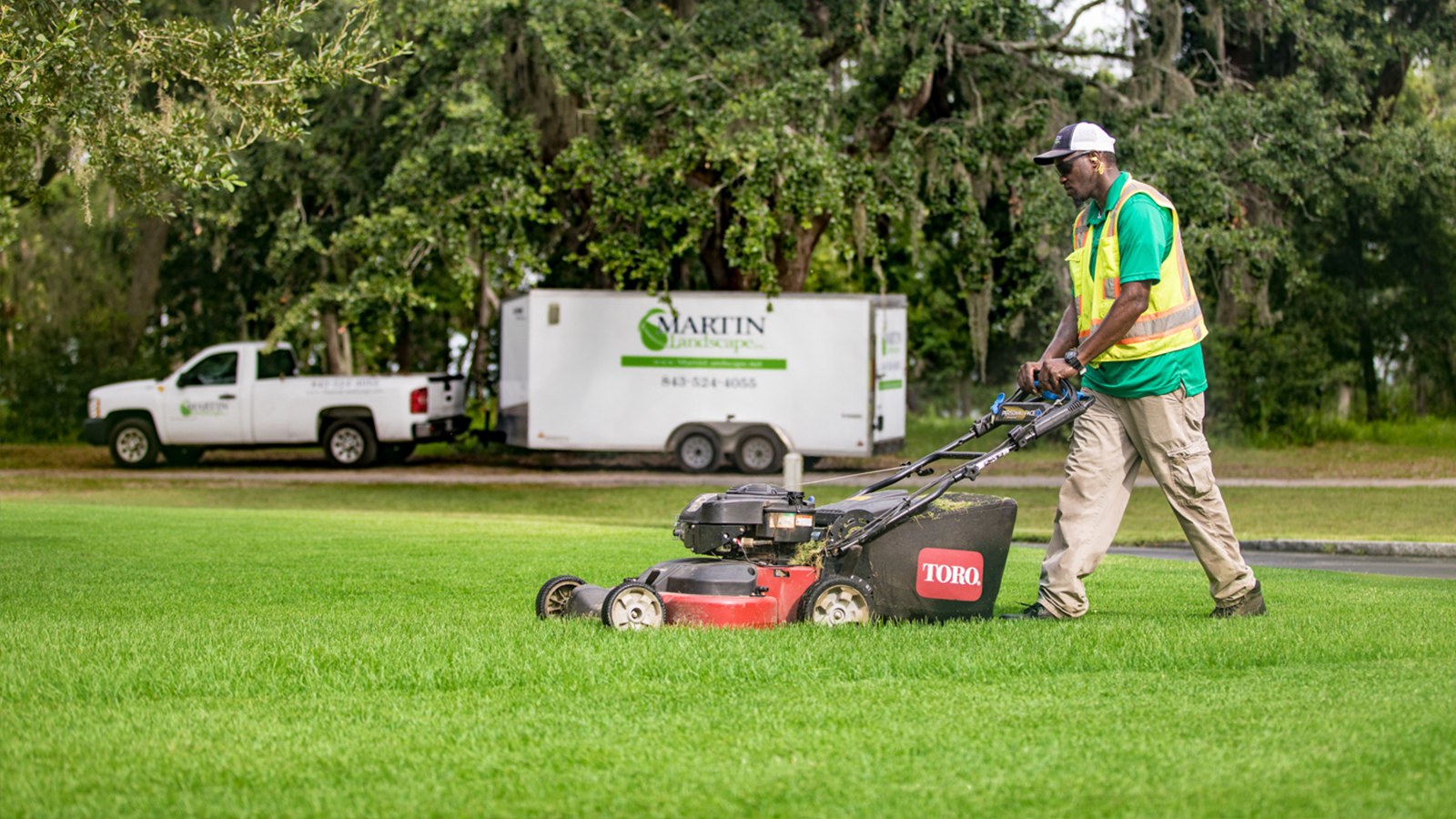The Lawn Maintenance Tools Every Property Owner Should Have
Caring for your lawn can seem like a challenging task, especially with so many factors to take into account, from the health of the soil to seasonal changes. Whether you are a seasoned gardener or a first-time homeowner, grasping the fundamentals of lawn care is crucial for developing the vibrant, green oasis you desire. The appropriate tools can make all the difference, assisting you care for a thriving yard that thrives throughout the year.
In this guide, we will discuss the top lawn care tools every homeowner should own. From company website to effective fertilizers, each tool plays a important role in creating a lush and healthy lawn. Additionally, we will touch on various aspects of lawn maintenance, including proper watering techniques, pest control, and periodic checklists. By the end, you will be fully prepared to tackle any lawn care challenge and enjoy a beautiful yard all year round.
Essential Lawn Care Tools

Each house owner seeking to maintain a thriving lawn should invest in some essential yard maintenance tools. The primary important tool is a good grass cutting machine. Whether you choose a gas-powered, cordless, or manual lawnmower, the right equipment will enable you get the perfect cut. Regular mowing not only keeps your grass seeming neat but furthermore promotes robust grass development. It's crucial to pick a mower suited to your property size and terrain to ensure effectiveness and efficiency.
Another essential tool for lawn care is a landscaping rake. A good rake fulfills various functions, such as gathering fallen leaves in the autumn to evening out the earth for seed sowing. Raking furthermore aids prevent dead grass and debris formation, which can choke grass and cause lawn diseases. It's advisable to have both a leaf rake, with pliable prongs for simple leaf gathering, and a garden rake for gardening tasks and flattening tasks.
Finally, a reliable irrigation system or watering device is necessary for maintaining your lawn adequately watered. Knowing how frequently to irrigate your grass is important, and having the suitable tools for both traditional or self-operating irrigation can make this job effortless. Purchasing a top-notch irrigation system or a well-crafted watering device will support your yard during the seasons, guaranteeing it stays vital and healthy.
Lawn Care Seasonal Tips
The spring season is the perfect opportunity to freshen up your lawn after the winter chill. Begin by evaluating any harm caused by snow or freezing temperatures. A careful raking will help get rid of accumulated material and enable light to reach the soil. This is also the ideal time to loosen your lawn to improve water and nutrient uptake. After aeration, use a balanced fertilizer to encourage healthy growth. Don't forget to reseed any bare patches to ensure a lush green lawn throughout the growing season.
When summer comes, it's crucial to focus on maintaining moisture and preventing heat stress. Water your lawn deeply but at longer intervals, ideally in the cool hours of the day to reduce evaporation. This season may also bring about various pests and weeds; therefore, staying vigilant with regular inspections and utilizing natural or chemical treatments as necessary is crucial. Cutting at the right height can help your grass retain moisture and discourage weed growth, so adjust your mower blades to the proper height.
When fall arrives, begin getting your lawn ready for the upcoming winter months. This is the ideal time for a final fertilization, helping your grass build reserves for the colder season. Raking leaves promptly prevents them from smothering your lawn and provides material for composting. Lastly, think about aerating your soil once more before winter, as this helps minimize soil compaction and promotes better drainage, ensuring that your lawn can endure the chilly weather ahead.
Common Lawn Care Issues
Nurturing a lush lawn can offer numerous issues that all householder must deal with. One of the biggest issues is dealing with weeds, which can quickly take over if not addressed effectively. Weeds not only compete for nutrients but can also detract from the overall aesthetic of your lawn. Creating a routine lawn care routine, including appropriate mowing, fertilizing, and applying effective weed control methods, is crucial to minimize their effect and keep your lawn appearing pristine.
Insects and diseases pose another significant risk to lawn health. Typical lawn pests, such as grubs and chinch bugs, can inflict severe damage if left untreated. Identifying signs of pest problems early and applying appropriate management methods can prevent extensive harm. Additionally, lawn problems such as leaf spot or dollar spot can also appear, especially when conditions are ripe for disease agents. Comprehending how to avoid these issues and knowing when to request external help can keep your lawn thriving.
Finally, environmental factors such as weather variations can create issues throughout the seasons of the year. For instance, lawns demand varying care strategies in the spring versus the winter. Property owners must be equipped to modify their watering plans, spread fertilizers at the appropriate times, and address specific season-related challenges like ice mold or heat stress. Identifying these temporal challenges and altering your lawn care practices accordingly is crucial for maintaining a healthy and healthy yard all year round.